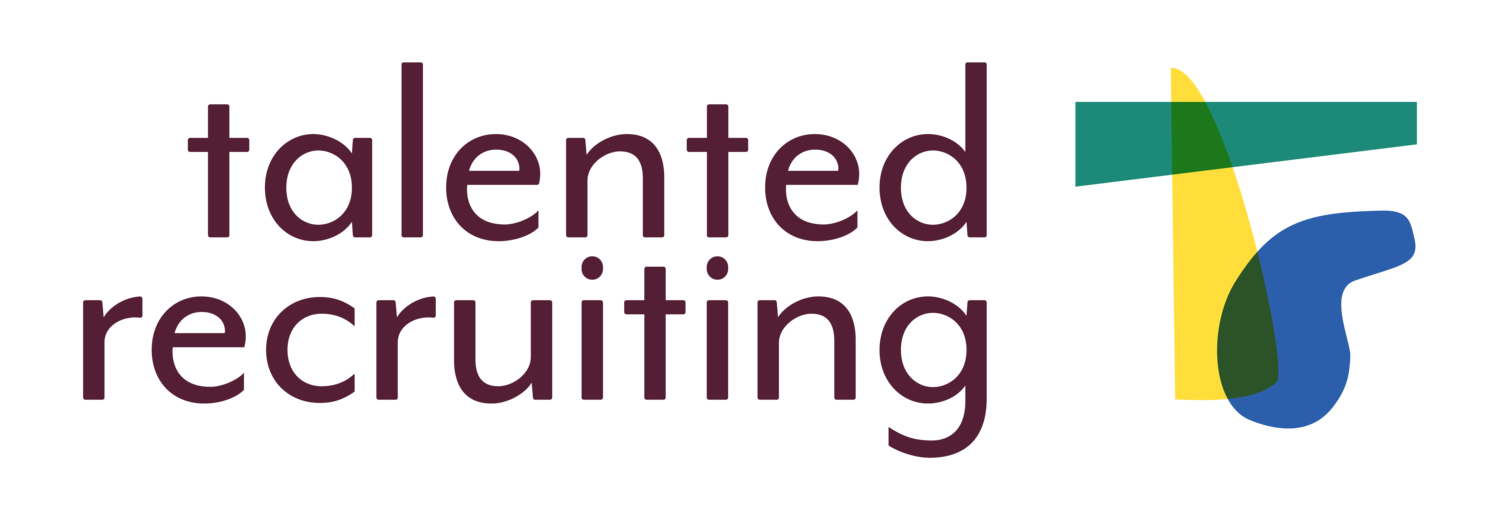by Danielle van Asch Prevot
In just about every industry, designers are in high demand right now. Whether they want graphics, websites or mobile apps, companies are looking for someone with an eye for aesthetics, along with the technical know-how to bring their visions to life.
According to the Bureau of Labor Statistics, web development jobs in particular are growing at a faster-than-average rate of 27 percent, so finding opportunities to apply to is the easy part. The bigger challenge for talented design professionals is getting noticed in a crowd of equally talented applicants, all with the same skills and qualifications you have.
The key to catching a hiring manager's eye, quite literally, is a resume that really stands out. Designers are in the unique position of being able to use their application as both a summary of their experience and a sample of their work. The following tips can help you improve your resume, and your chances of landing an interview.
Play with the layout. If you're still using a standard resume template typed in Microsoft Word, use this opportunity to break the mold and show off your skills. Instead of a Word document, create a uniquely formatted resume using a program like InDesign, Illustrator or QuarkXPress. A pop of color and clean-but-bold font choice, for example, will give the reader an idea of your personal style.
Link to your portfolio. Perhaps more so than in any other field, designers really need to have a current digital portfolio. Any prospective employer will want to make sure your style is the right fit for their projects. Provide them with an easily accessible link to a website housing your most recent work. This is another opportunity to showcase your design skills: Make sure your website is aesthetically pleasing with fully functional links and pages, and skip any samples (especially older ones) that don’t accurately reflect your current work proficiency. Utilize your network and have a fellow designer look over your site and critique it before sending out the link on your resume.
Emphasize the right experiences and skills. This is good advice for any job seeker, but in the design industry, it's especially important to read the job description and tailor your resume accordingly. Many tech-focused design jobs require candidates who have experience with specific programming languages and software applications. Keeping that in mind "skills" sections are boring and often ignored by recruiters and hiring managers! Instead of listing out searchable terms and buzzwords, make sure your skills are show throughout your resume in your accomplishments
Demonstrate results. Did the website overhaul you worked on at your last job lead to a significant traffic boost? Or maybe the ad campaign you designed for a client brought in a ton of sales leads. Hiring managers like to see concrete, quantifiable results, and numbers speak louder than words. Back up your claims with some statistics from past projects to show them what you're capable of. "Increased pageviews by 200 percent with site redesign" sounds a lot more impressive than "updated company website." Normal everyday tasks don’t make you shine, so cut them.
Cut the clichés. Terms like "results-driven" and "detail-oriented" might seem like they'd appeal to corporate minds, but the truth is, we're sick of seeing them. These words show up on every other resume an employer reads, and they've lost their impact because of it. An article on The Muse cited a survey listing some the vague, overused resume terms that recruiters and hiring managers hate, including "go-getter," "team player" and "strategic thinker." Instead, go for strong, action verbs like "achieved," "improved" or "created," all of which can easily be paired with the results/statistics we mentioned earlier.
Creative fields like design are highly competitive, and it might take some extra effort on your part to keep your application moving up the chain. But with a couple of resume tweaks and a positive attitude, you'll be well on your way to getting the design job of your dreams.



















